The document discusses the case of Genie, a child who experienced extreme social and emotional deprivation, highlighting the impacts on her cognitive abilities, language development, and emotional growth. It references various sources that explore her condition, including issues like speech deficits and the need for constant supervision. The document suggests that nurturing social interaction is crucial for cognitive and emotional development.
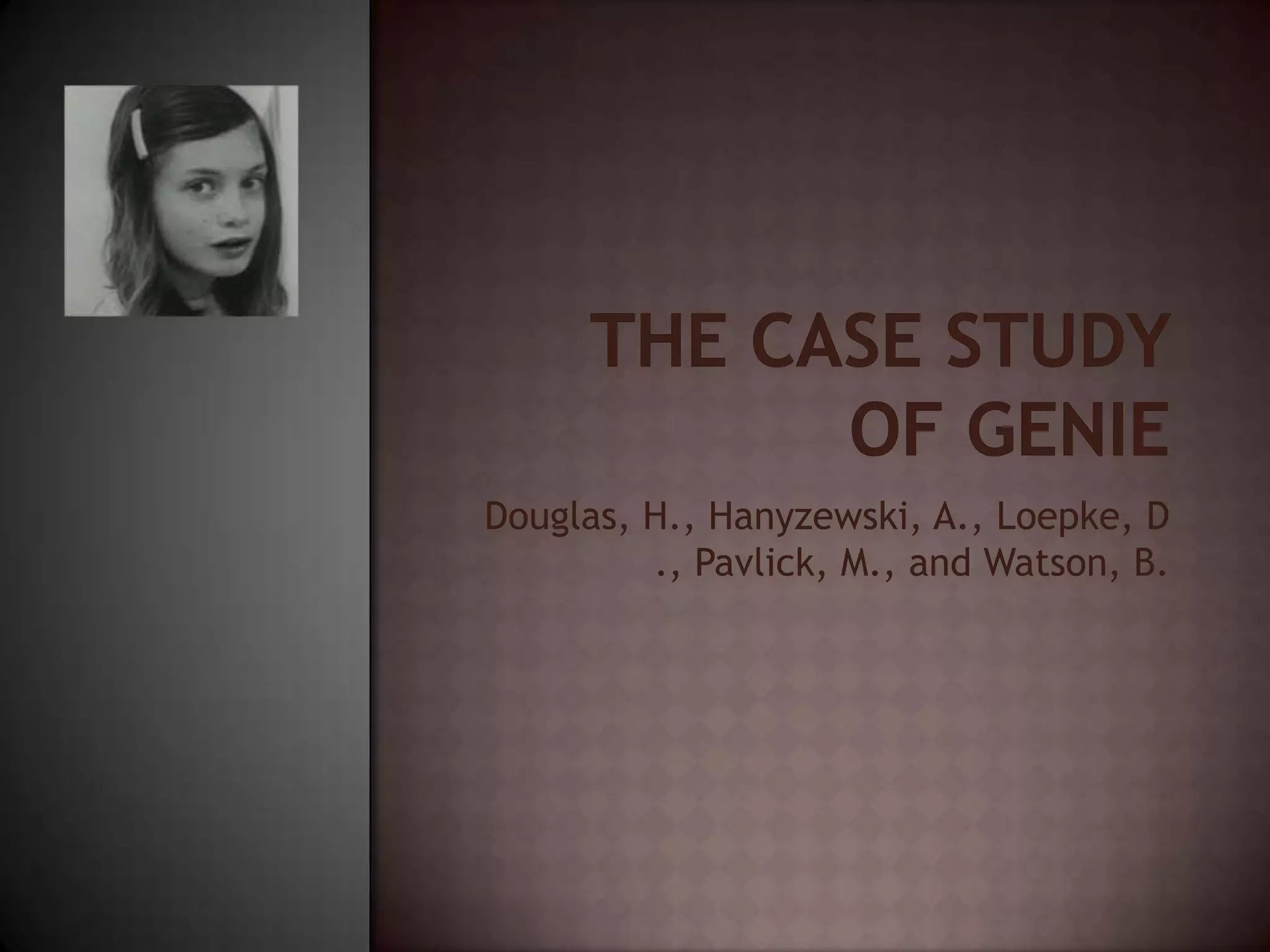
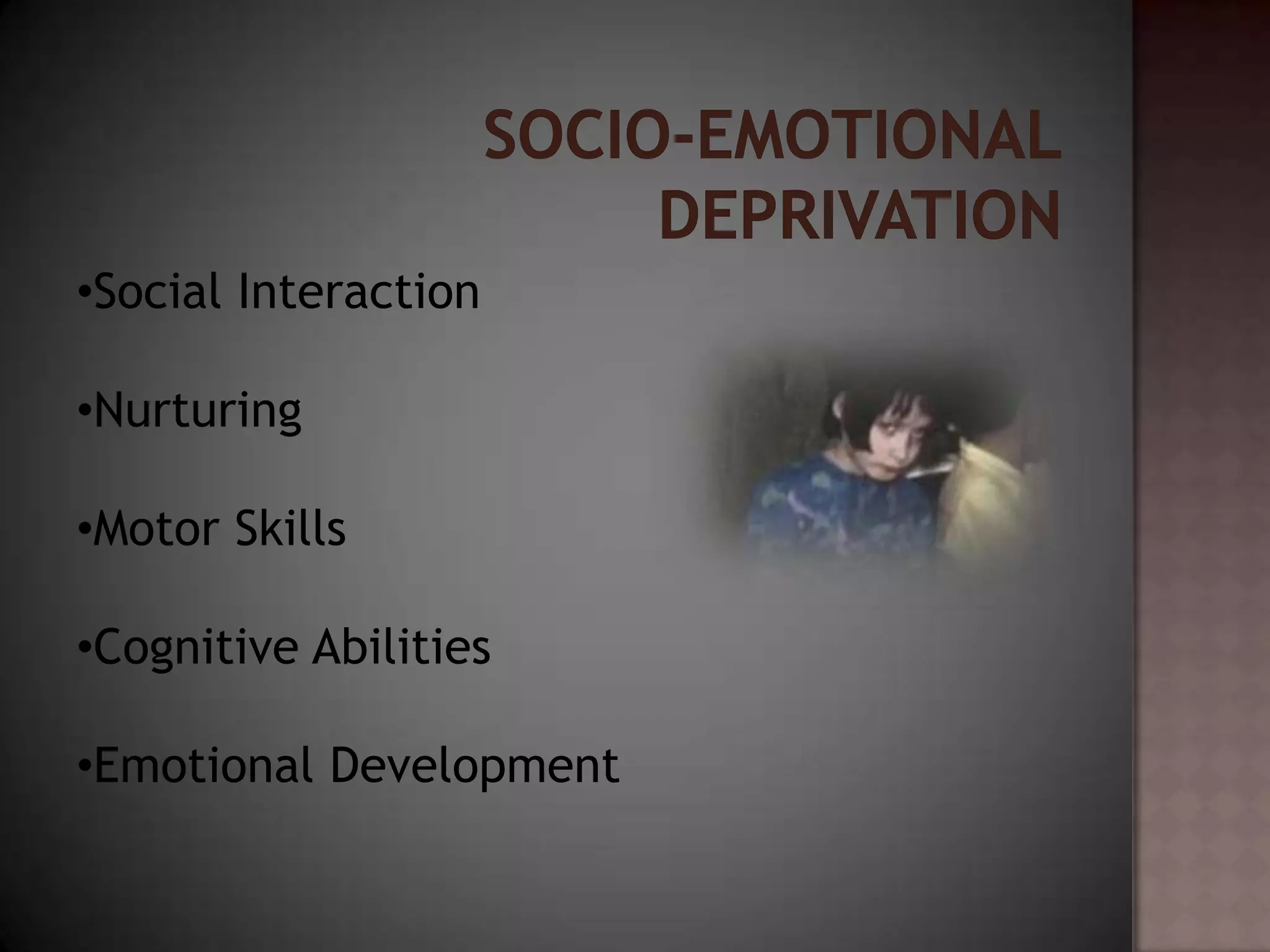
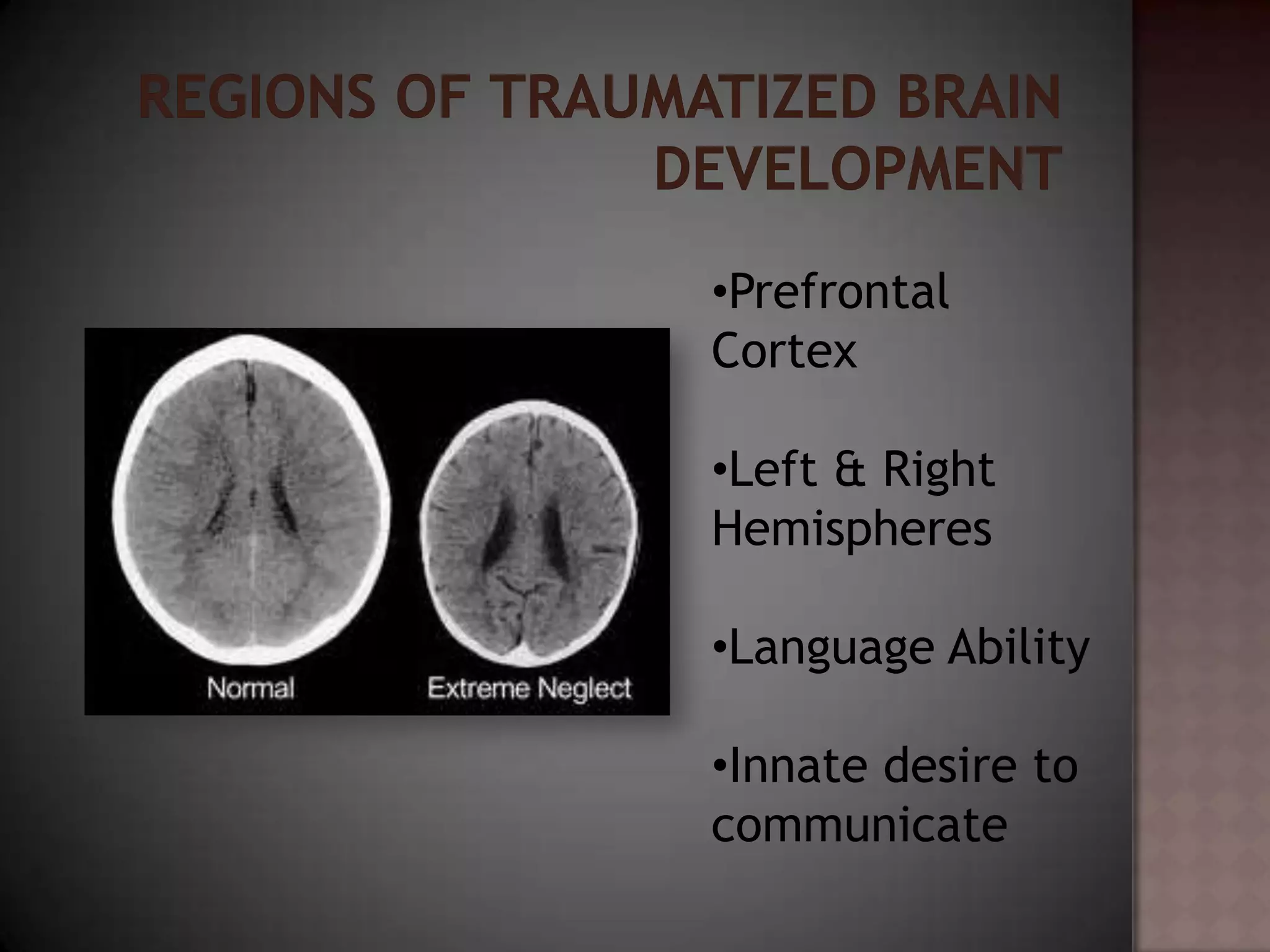



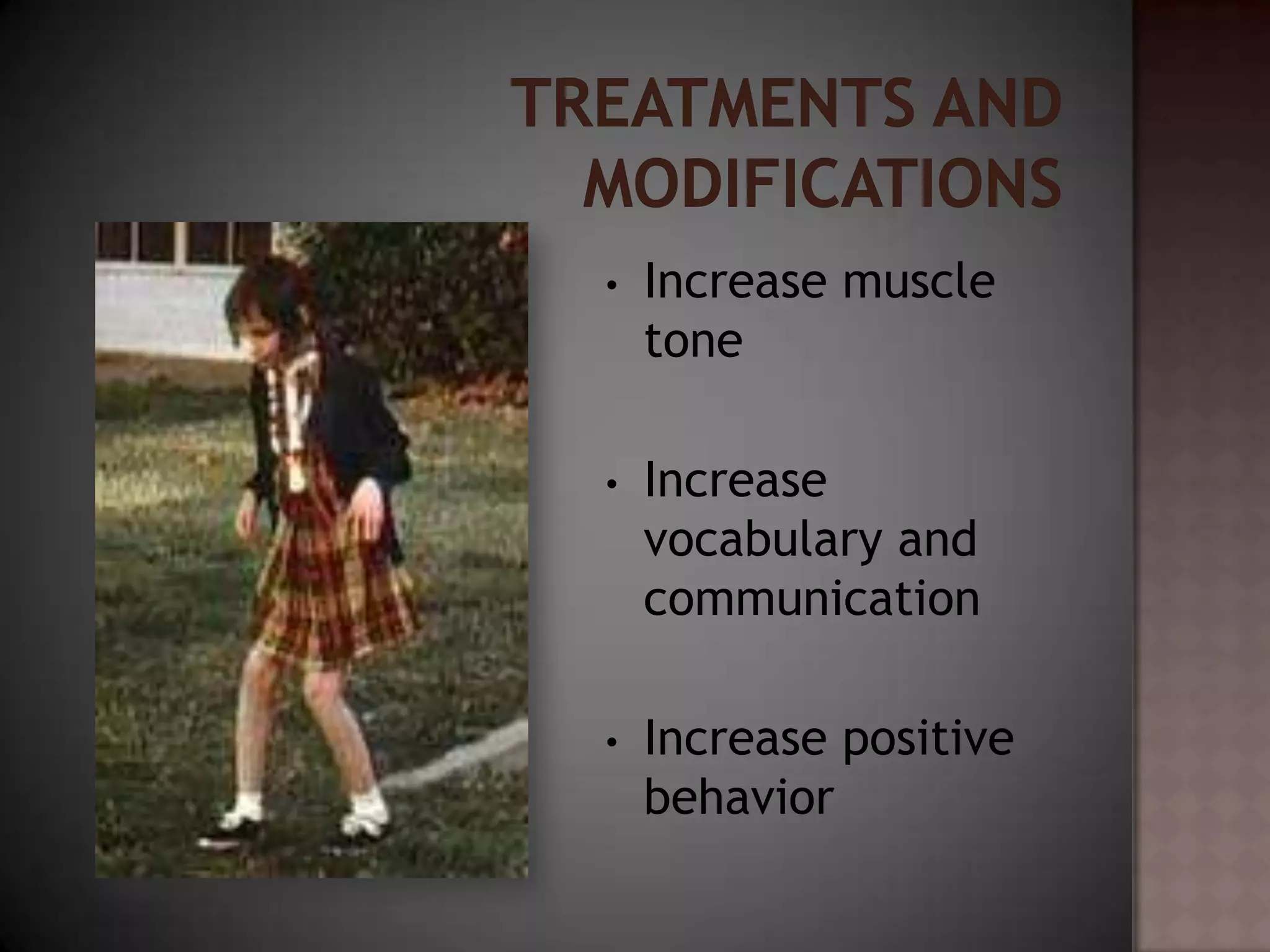
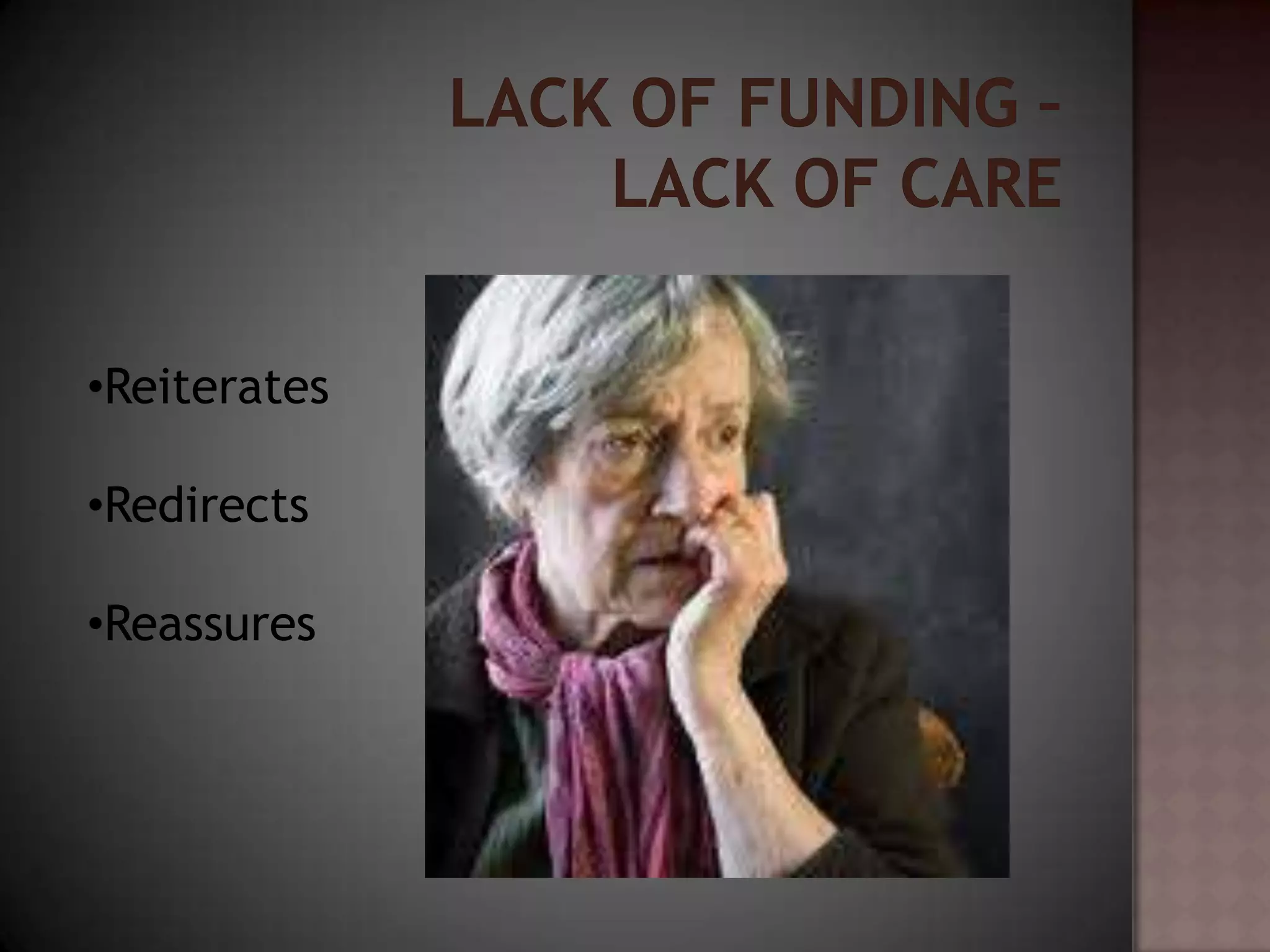
![• Georgetown University. (n.d.). High School
Bioethics Curriculum. Case 4 Genie, The Wild
Child Research or Exploitation? Retrieved from
highschoolbioethics.georgetown.edu/units/cases
/unit3_4.html
• Kasper, Loretta F. (1997). The Civilizing of Genie.
Teaching English through the Disciplines:
Psychology.
• Pinel, J. P.J. (2009). Biopsychology. Pearson
Education.
• Sashami12390 (2010, May). Genie: An Extreme
Case of Socio-Emotional Privation [Video file].
Retrieved from You Tube website:
youtube.com/watch?v=thlDCL3NCIQ](https://image.slidesharecdn.com/thecasestudyofgenie-13371811868292-phpapp02-120516101630-phpapp02/75/The-Case-Study-Of-Genie-9-2048.jpg)